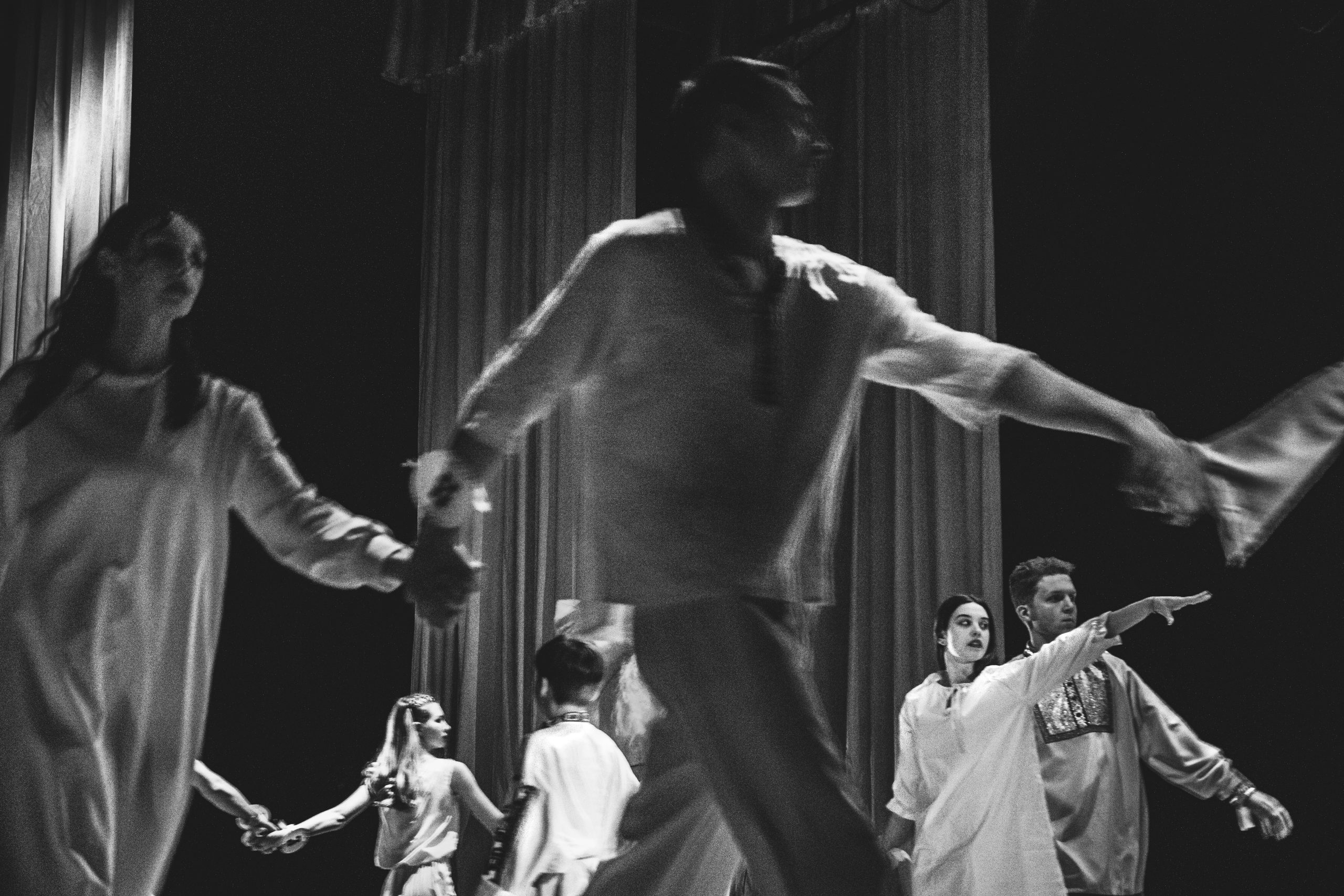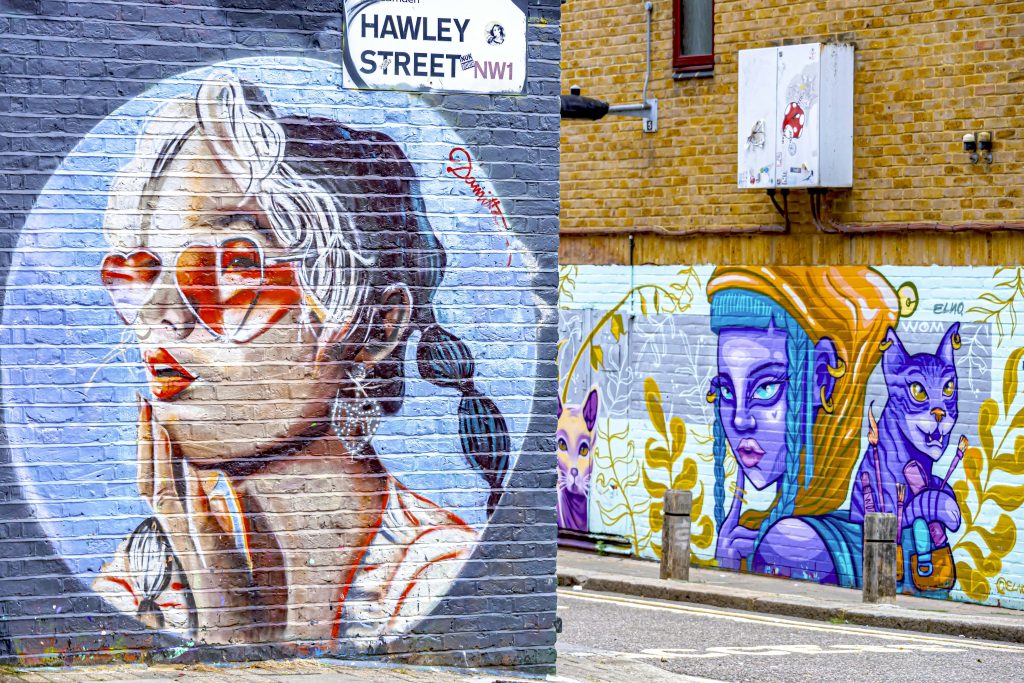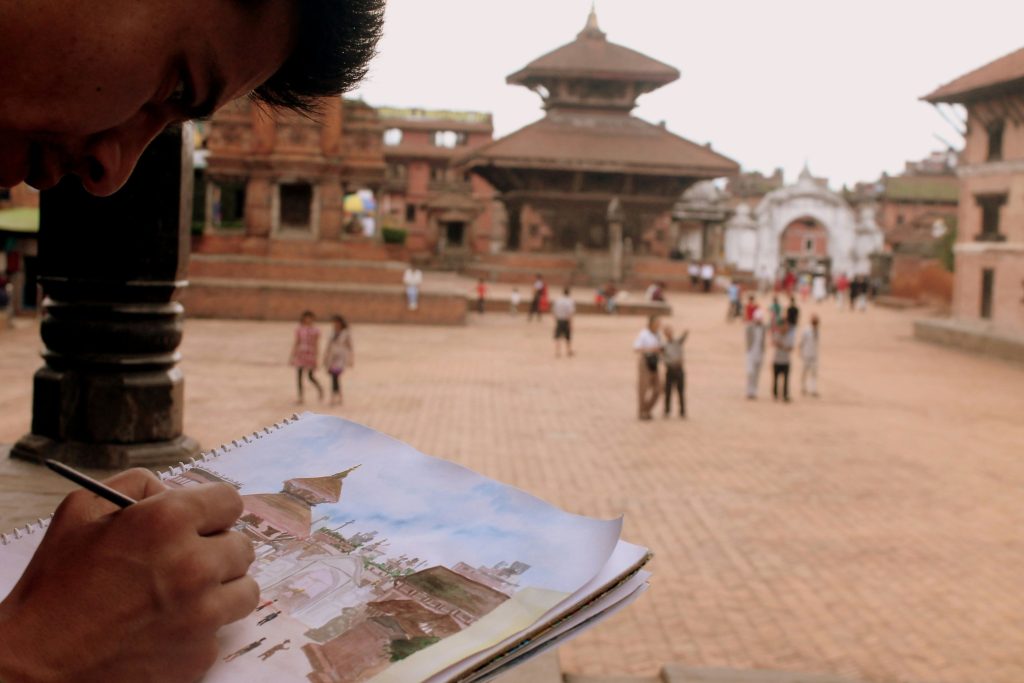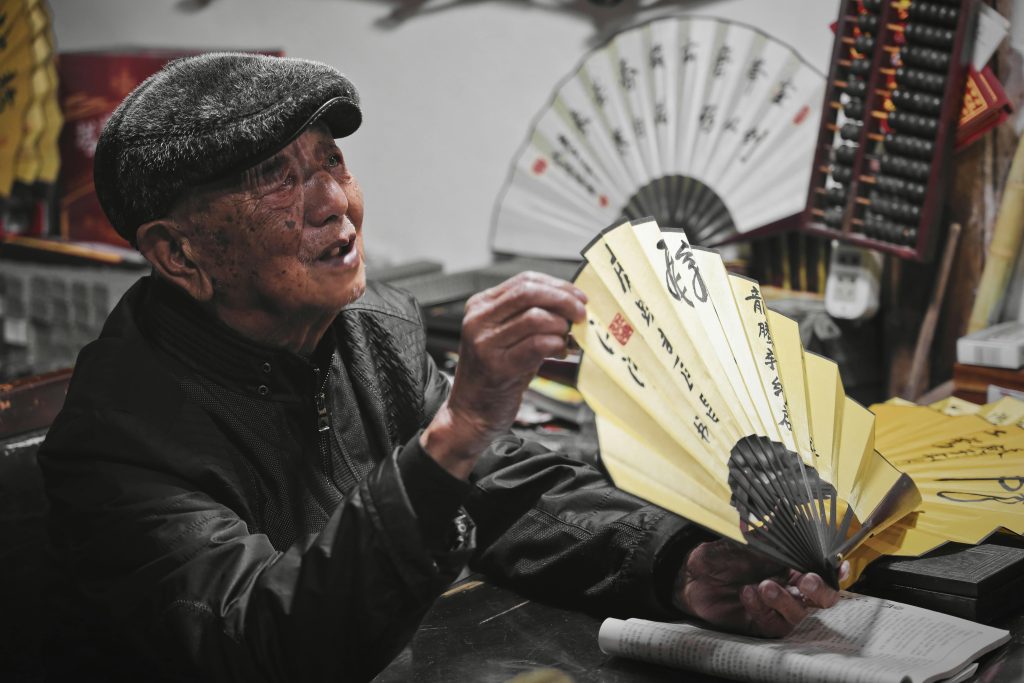
15 Sep Exploring Art’s Role in Fostering International Peace and Understanding
Introduction
Art has long been recognized as a universal language, capable of transcending linguistic, cultural, and social boundaries. Unlike spoken or written communication, which can be limited by differences in vocabulary or context, art communicates through shared human emotions and visual, auditory, or symbolic expressions. This capacity makes it a uniquely powerful tool for building peace and fostering understanding across diverse global communities.
In this article, we explore art’s inherent ability to cultivate peace—reducing conflict and nurturing harmony—while also deepening understanding through empathy, perspective-taking, and cultural appreciation. The discussion highlights the ways in which art facilitates emotional resonance, challenges established perspectives, humanizes those often considered “other,” and creates shared experiences that strengthen cross-border connections. We will also consider the mechanisms that enable art to bridge divides, the role of different art forms, its transformative potential for peacebuilding, and the challenges that shape its impact.
The Foundational Mechanisms: How Art Bridges Divides
At its core, art has the ability to bypass barriers and reach audiences on a deeply personal level. One of its most significant functions is emotional resonance and empathy. Works of art often evoke universal feelings—joy, sorrow, fear, or hope—that allow people to connect across cultural lines. When audiences encounter a painting, a song, or a performance that conveys emotion, they are momentarily placed in the position of another, fostering a greater sense of empathy for experiences beyond their own.
Art also excels as a form of non-verbal communication and symbolism. Through visual imagery, music, and dance, complex ideas and emotions can be expressed without words. Universal archetypes, recurring motifs, and symbolic forms allow individuals from different backgrounds to find meaning even in works outside their immediate cultural context. Where spoken language may fail, art communicates ambiguity, nuance, and layered meanings.
Another critical mechanism is challenging perspectives and stereotypes. Art encourages reflection on biases and societal assumptions by presenting alternative viewpoints. A play or installation can reveal the humanity of those typically marginalized, while literature and imagery can confront simplified narratives that often dominate cultural or social discourse. In doing so, art opens doors to understanding different worldviews.
Finally, art plays a key role in humanizing the “other.” By portraying personal stories and individual struggles within communities, artistic expression shifts attention away from abstract labels such as “nation” or “group.” This shift enables audiences to see people as individuals, reducing distance and fostering more meaningful connections.
Artistic Forms and Their Unique Contributions
Different artistic disciplines contribute uniquely to the process of building peace and understanding. Visual arts such as painting, sculpture, photography, and digital media capture emotion and identity in tangible form. A single image can highlight collective experiences, celebrate cultural heritage, or spark global dialogue, making visual arts accessible and impactful both in galleries and digital spaces.
Performing arts—including music, dance, and theatre—offer immediate and shared experiences. Music’s melodies and rhythms transcend language, conveying complex emotions to global audiences. Dance not only preserves cultural traditions but also highlights the shared physicality of human expression. Theatre, meanwhile, dramatizes personal and social struggles, often leaving lasting impressions that resonate beyond the performance.
Literary arts, from poetry to prose, provide profound insights into the human condition. Translated works, in particular, bridge cultural divides by allowing stories rooted in specific contexts to be appreciated globally. Poetry distills powerful emotions into concise forms that retain meaning across languages, while novels and stories foster connections by highlighting universal human narratives.
Lastly, film and digital media bring together visual, auditory, and narrative elements for immersive storytelling. Their global reach through film festivals, streaming platforms, and interactive media allows for wide-scale cultural exchange. By blending multiple artistic elements, these mediums provide engaging experiences that inspire empathy and conversation on a worldwide scale.
Cultivating International Understanding Through Art
Art strengthens international understanding by enabling cultural exchange and appreciation. Through exhibitions, performances, and literary translation, communities share their cultural heritage, values, and aesthetics with the world. These exchanges go beyond tolerance, encouraging genuine appreciation of cultural diversity while highlighting common human experiences.
Art also serves as a powerful catalyst for dialogue and discourse. By raising questions and presenting perspectives on complex issues—such as migration, sustainability, or human identity—art creates spaces for conversation that traditional forums may struggle to achieve. In these environments, participants engage with sensitive subjects in ways that feel less confrontational and more open to mutual understanding.
Beyond discourse, art underscores the shared human experience. Themes such as love, resilience, grief, and hope resonate across nations and generations, reminding us of our common humanity. This recognition builds a sense of global solidarity, reinforcing the idea that while cultural expressions may differ, the fundamental emotions and experiences uniting people are universal.
Contributing to International Peace: Art’s Transformative Potential
Art has a remarkable ability to contribute directly to peacebuilding. In contexts of division or misunderstanding, it plays a central role in healing and reconciliation. Artistic initiatives often provide spaces where individuals can process emotions, reflect on differences, or imagine hopeful futures together. These creative processes allow participants to acknowledge shared experiences and envision greater cooperation.
At the community level, art fosters social cohesion and resilience. Collaborative projects bring people of different backgrounds together, strengthening relationships and countering divisive narratives. By empowering diverse voices, art ensures that multiple perspectives are included in the broader social fabric, contributing to inclusive and peaceful communities.
Moreover, art is a powerful instrument for advocacy and awareness. From murals to documentary films, artists raise global consciousness about inequality, social challenges, and humanitarian needs. Such works often mobilize international solidarity and provide constructive means of raising awareness, reminding the world of the importance of compassion and action in addressing shared challenges.
Challenges and Considerations
Despite its potential, using art for international peace and understanding comes with challenges. Accessibility and representation remain significant concerns, as many communities face economic or technological barriers to creating or engaging with art. Additionally, ensuring that diverse voices are represented—rather than privileging dominant cultural narratives—is crucial to achieving meaningful dialogue.
Art is also subject to interpretation and misinterpretation. Symbols and metaphors carry different meanings across cultures, and works can be reinterpreted in ways far removed from their creators’ intentions. This highlights the importance of context and cultural sensitivity in both creating and experiencing art.
Furthermore, practical and economic constraints often shape the arts. Limited funding, unequal distribution of resources, and market pressures can restrict opportunities for authentic cultural exchange. These challenges underscore the need for balanced support systems that prioritize creativity and inclusivity over purely commercial goals.
Finally, there is the issue of measuring impact. While art can evoke profound emotional responses, quantifying its long-term influence on peacebuilding and mutual understanding is difficult. The effects may not always be immediate or easily visible, but they remain essential in shaping collective attitudes and values over time.
Conclusion
Art stands as one of humanity’s most enduring and universal means of communication. Through its unique ability to evoke empathy, challenge stereotypes, symbolize shared meaning, and humanize distant communities, art fosters international peace and understanding in ways few other mediums can achieve.
While challenges such as accessibility, interpretation, and economic constraints remain, the transformative potential of art cannot be denied. It empowers communities, nurtures resilience, and acts as a bridge between cultures and nations. For this reason, art should be recognized not only as an aesthetic pursuit but also as a vital instrument for cultural exchange and peacebuilding.
Ultimately, the enduring power of art lies in its ability to remind us of our shared humanity. By inspiring dialogue, compassion, and collective vision, art encourages us to imagine—and build—a more peaceful and understanding world.
Key Takeaways
- Art as a Universal Language – Art transcends cultural and linguistic barriers by expressing emotions and ideas that are universally understood, making it a powerful medium for fostering international peace and understanding.
- Emotional Resonance and Empathy – Through emotional impact and symbolism, art places audiences in the perspective of others, encouraging empathy and deeper connections across different communities.
- Unique Contributions of Art Forms – Visual arts, performing arts, literature, and digital media each play distinct roles in peacebuilding by sparking dialogue, preserving culture, and inspiring global solidarity.
- Cultural Exchange and Shared Humanity – Exhibitions, performances, and translations enable people to appreciate cultural diversity while recognizing common human values such as love, resilience, and hope.
- Healing, Reconciliation, and Cohesion – Artistic initiatives help divided communities process emotions, bridge differences, and work collaboratively toward unity and long-term peace.
- Art as Advocacy and Awareness – Creative expression brings attention to social issues, humanitarian needs, and global challenges, mobilizing people toward compassion and meaningful action.
- Challenges and Limitations – Barriers such as unequal access, cultural misinterpretations, funding constraints, and the difficulty of measuring impact must be addressed to maximize art’s potential in peacebuilding.
FAQs
How does art foster peace and international understanding?
Art fosters peace by transcending language and cultural barriers, creating emotional connections that highlight shared human experiences. Through visual, performing, and literary forms, art promotes empathy, challenges stereotypes, and humanizes others. This process encourages dialogue, builds solidarity, and nurtures cross-cultural appreciation that strengthens international understanding.
What types of art contribute most to global peacebuilding?
All artistic forms contribute uniquely to peacebuilding. Visual arts capture collective emotions, performing arts like music and dance create shared experiences, and literature bridges cultural divides through storytelling. Film and digital media, with their global reach, combine these elements to spark dialogue, empathy, and cross-cultural appreciation worldwide.
What challenges exist in using art for peace and understanding?
While art is powerful, challenges include accessibility, unequal representation, and cultural misinterpretation. Economic and technological barriers may limit participation, while dominant narratives can overshadow diverse voices. Additionally, the impact of art on peace is often difficult to measure, requiring sensitivity, inclusivity, and supportive systems for long-term effectiveness.
The relationship between digital art and social media goes beyond aesthetics—it influences cultural norms, personal expression, and even collective behavior. Read how this dynamic blend continues to reshape society and redefine creativity in the digital age.




